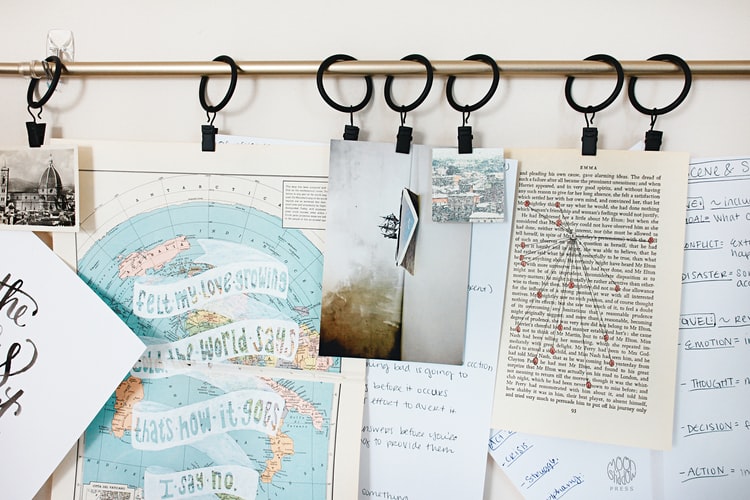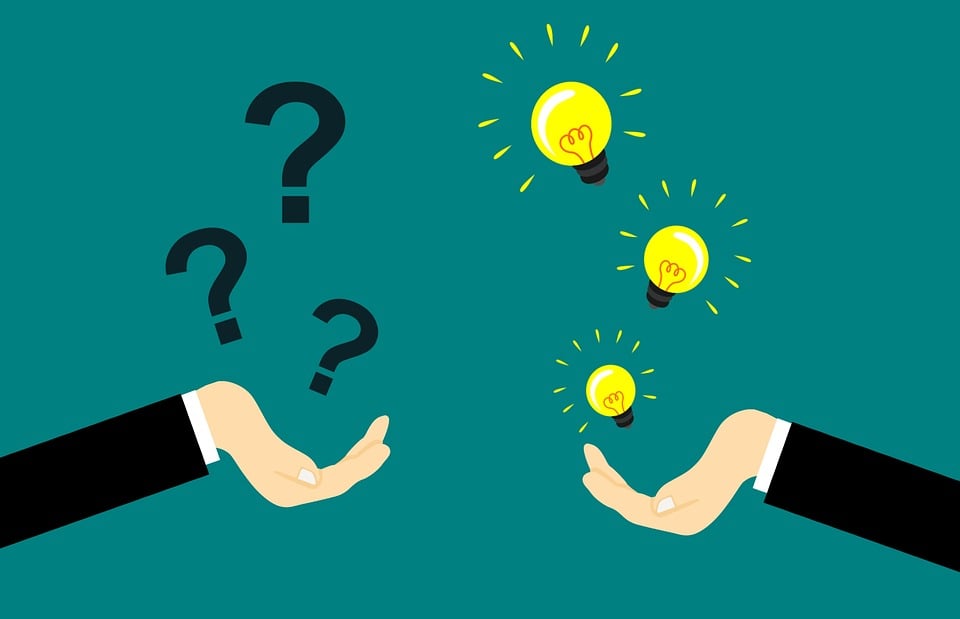A mood board is a visual presentation that serves as a medium for the concept that a designer and a client might be working on. It is a thorough collection of ideas gathered on a single space for viewing, and is basically like a cupboard of “ingredients” where designers and planners can pick and organise ideas from.
Mood boards are also called “inspiration boards,” and may contain materials like images, colours, typefaces, and other elements that may or may not end up in the final product.
Why is this so important that any development firm from the West or a web designing company in Singapore make sure to include mood boards in their design processes?
According to psychologists, inspiration itself is related to motivation and creativity – and the mood board represents a common platform for ideas among artists and designers. Such can be found in both online and offline processes. How do providers of web development services in Singapore and other tech-savvy nations use it?

Here are some tips on how to utilise a mood board for your project.
During Consultation
In building projects such as apps or websites, people often see consultation with experts as their last resort, underestimating the assistance that a website development Singapore professional can offer. However, worst-case scenarios can happen to anyone. Just as with the numerous styles and methods that you can do with mood boards, you or your in-house designers may fail to see every possible idea.
Creating a mood board with experienced design experts can allow you to visualise more ideas that you can build with your development team.
Creating Freestyle Mood Boards for Internal Use
Some decision-makers want to start on their own – which is good, but more often than not end up conflicting with their designers. You create your own by using premade templates from various online sources, but they are better shared with consulting designers to ensure they’re onboard with your objectives.
The mood board doesn’t need to be “designed” in itself – it is after all, not part of the product, but rather, a part of the conceptualisation process.
Use It as a Common Reference for Ideas
Taking user experience (UX) into consideration will greatly enhance your mood board building. Both the client and the designing team should ideally have an idea what the end-user would like to see and experience.
For this, user experience consulting can significantly help shape mood boards to include user-centric elements while keeping branding aspects intact. For example, ensuring the client company’s logo colours accentuate other elements for brand retention, or using typefaces and layouts that generate a unique kind of impact with the client’s target market.
The mood board should also ideally lay down a single direction of thought to prevent misinterpretation by the client or the designers. Unplanned elements suddenly being inserted into the design plan can cause confusion and delays in the process, so it’s better to have a mood board that both the client and designers agree to use as a basis.
A Base for Prototyping
Client requirements and standards are a great starting point, but competent designers can effectively use mood boards to achieve or even exceed their clients’ desires. An effective mood board can provide an overview of a product’s “personality” which can greatly help in the creation of product prototypes, such as website sample designs and builds. It also allows the product build to have a sense of consistency and prevent repetitive changes in the final product or future improvements.
Conclusion
With the use of mood boards, designers can get much-needed inspiration and thus, bring satisfactory solutions for their users. There are a number of ways that mood boards can be constructed and used, but regardless of which one is chosen if the mood board was used well, then the end result will still produce great ideas.
Should you need the assistance of a UX company Singapore expert, User Experience Researchers Singapore (USER) has industry veterans that can help you make insightful mood boards and on to stellar, user-focused digital end products.
For more information, you can reach us at: https://www.user.com.sg/contact/.




